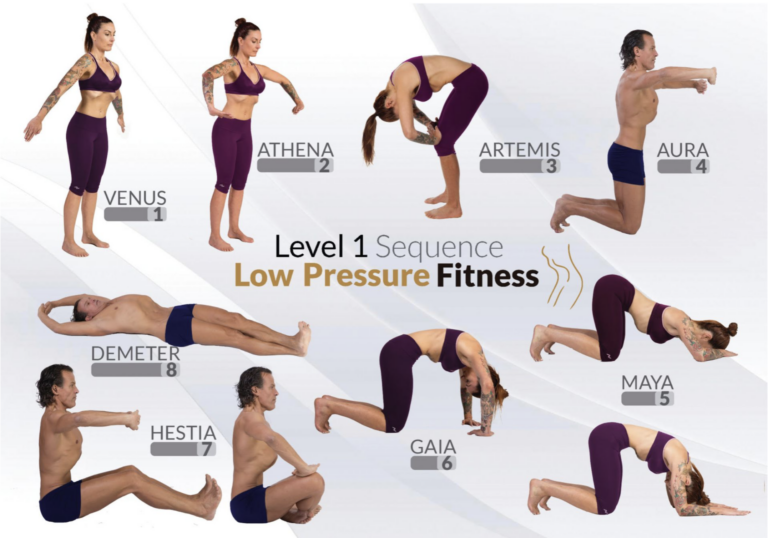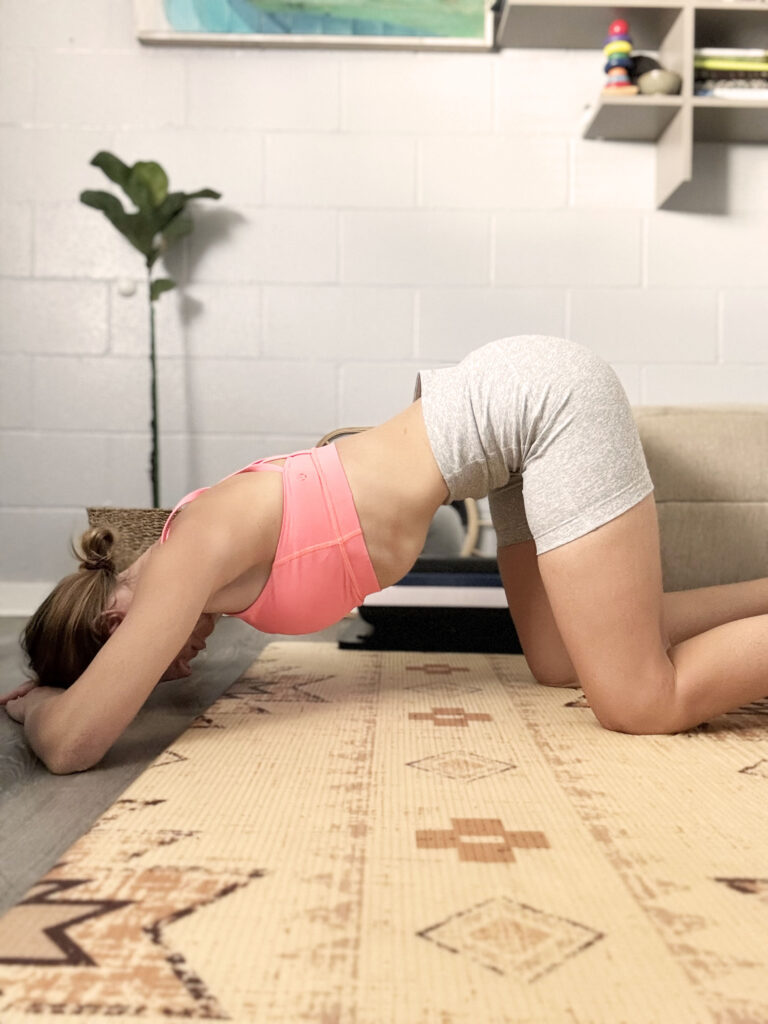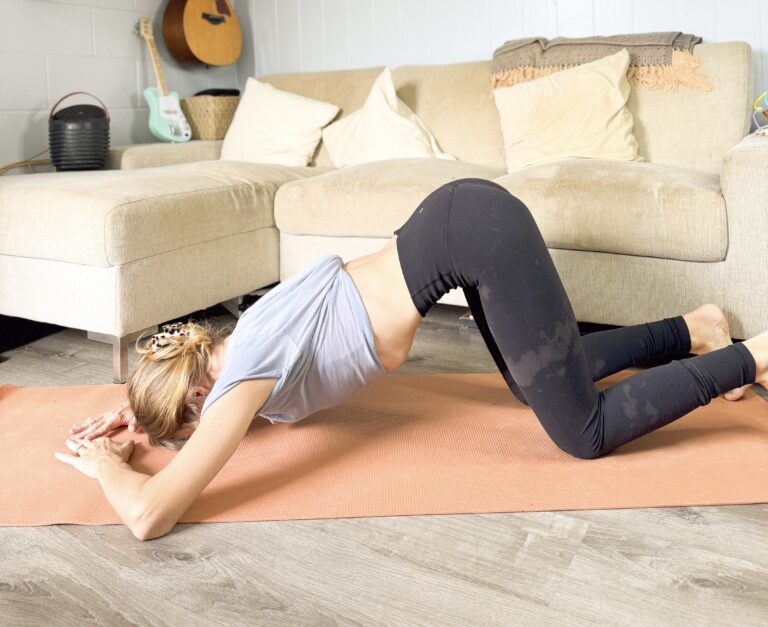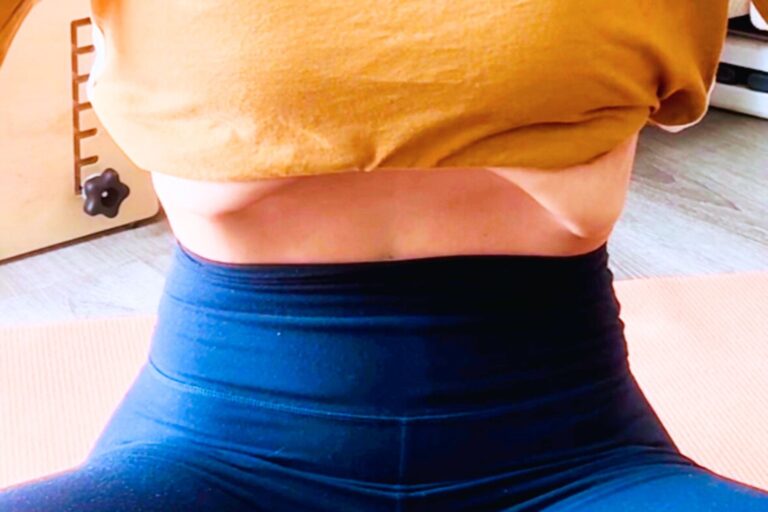What is the difference between kegels and hypopressives
Kegels and hypopresssives. This post will look at both! Most of us have likely heard the term “kegel.” This term for pelvic floor muscle activation was named after an American gynecologist, Dr. Arnold Kegel, in 1948. Since then, most of us have heard the term “Do your Kegels,” right? The idea of strengthening the pelvic floor muscle this way was a fantastic discovery. There is now a new buzz around low pressure fitness and hypopressives. Some of you may even be skeptical about what low pressure fitness is and if it really does strengthen the pelvic floor muscle. And you may be wondering, “What is the difference between kegels and hypopressives?” This post will dive into each subject and explain the similarities and differences.

Let’s start by defining a few terms.
What are the pelvic floor muscles?
The pelvic floor muscles are a group of muscles located at the base of the pelvis, forming a sling or hammock that supports the pelvic organs. These muscles include the levator ani (pubococcygeus, puborectalis, and iliococcygeus) and the coccygeus muscles. They are crucial for supporting the pelvic organs (bladder, uterus, and rectum).
We don’t often think about our pelvic floor muscles, and for good reason. They are designed to work involuntarily. They do their role without voluntary input. This involuntary function of the pelvic floor muscles is why we stay dry.
The pelvic floor muscles are also voluntary, meaning we can activate them on command, just like a bicep curl.
Key Functions of the Pelvic Floor Muscles:
- Support: They provide structural support for pelvic organs, preventing them from descending or prolapsing.
- Control: These muscles play a key role in controlling urinary and fecal continence by opening and closing the urethra and anus.
- Stabilization: They contribute to core stability, working with the diaphragm and deep abdominal and back muscles.
- Sexual Function: In both men and women, these muscles are involved in sexual sensation and function.
- Childbirth: In women, they stretch and relax during childbirth, facilitating delivery.
Healthy pelvic floor muscles are essential for daily activities, and their dysfunction can lead to issues such as incontinence, pelvic pain, or organ prolapse.
What is a kegel?
As mentioned above, the term “kegel” came from the doctor who discovered this exercise of activating the pelvic floor muscle for strengthening. Kegels are exercises that involve consciously contracting and relaxing the pelvic floor muscles.
To do a Kegel:
- Identify the pelvic floor muscles (the same ones you use to stop urination mid-stream).
- Contract these muscles for a few seconds and up to 10 seconds.
- Release and repeat the process in sets.
- Ensure not to hold your breath.
The discovery of this exercise has helped millions of women treat symptoms of pelvic floor dysfunction. It is the primary way to strengthen the voluntary muscle fibers of the pelvic floor muscles. You will learn in this post that this is the main difference between kegels and hyporessives.
The Role of the kegel:
- Strengthen the voluntary muscle fibers of the pelvic floor muscle
- Improve awareness of the pelvic floor muscle
- Assist in downtraining of the pelvic floor muscle if necessary
Now, let’s look at hyporessives.
What are Hypopressives?
The term “hypopressive” means low pressure. In a low pressure fitness exercise, this low pressure refers to the pressure inside the intra-abdominal cavity. Low pressure fitness uses posture and breathing to optimally reduce the pressure inside the abdomen, relieving pressure from the pelvic floor.
Low pressure fitness and hypopressives are performed by a sequence that includes:
- Slow latero-costal breathing (aka ribcage breathing), which means breathing into the ribcage and not the abdomen or chest
- Axial elongation- elongating the spine and trunk as much as possible
- Posture- moving through a sequence of postures that help to optimize the reduction of pressure
- Abdominal vacuum technique- read about this here.
The Role Of Hypopressives:
- Strengthen the involuntary muscle fibers of the pelvic floor muscle
- Reduce pressure inside the abdominal cavity to optimize position of the pelvic floor and abdominal organs
- Improve fascial strength and mobility as a whole-body exercise
Check out these other posts on low pressure fitness and hypopressives:
Key Differences Between Kegels and Hypopressives
- Focus:
- Kegels involve direct, isolated, voluntary contractions of the pelvic floor muscles.
- Hypopressives focus on reducing intra-abdominal pressure and indirectly engaging the pelvic floor through breathing and posture.
- Method:
- Kegels are isolated exercises that target the pelvic floor only.
- Hypopressives are a full-body, integrative practice that combines breathing, posture, and core engagement.
- Benefit:
- Kegels are important for consistent and mindful strengthening of the pelvic floor muscles for their voluntary muscle fibers.
- Hypopressives include the body as a whole. This is the best way to strengthen the involuntary muscle fibers of the pelvic floor.
- Exercise Difficulty
- Kegels are much easier to do. They can be done anywhere without anyone knowing you’re doing it! That is the beauty of Kegels
- Low-pressure fitness requires time, and a nice, quiet space can be helpful. But trust me, it’s worth it!
Which One Should You Choose?
Trick question. Both! Both kegels and hypopressives are essential for the overall strength and function of the pelvic floor muscles. This muscle needs to function in both regards. Voluntary activation of the pelvic floor muscle is important for quieting the urge to “go” if you aren’t near a toilet, and the involuntary aspect of the pelvic floor muscles is important for maintaining continence and providing core stability at all times.
As always, consult with a pelvic floor physical therapist or healthcare professional to determine the most suitable exercise regimen for your individual needs. Both Kegels and hypopressives can play an important role in maintaining pelvic floor health when practiced correctly and consistently.
How to do both kegels and hypopressives?
It’s really quite easy to do both! Kegels can be done anywhere at any time. Therefore, it is good to do them regularly. As a pelvic floor physical therapist, the protocol is to do ten quick pelvic floor muscle contractions and ten 10-second contractions daily. If you have symptoms of incontinence, do this routine three times a day until you no longer have symptoms, then continue once a day for maintenance.
I suggest a low pressure fitness workout three days a week, which only takes 10-15 minutes of your time. You won’t regret it!
Try these FREE beginner to intermediate low pressure fitness exercise routines:
Medical Disclaimer
The information provided in this blog post is for informational purposes only and should not be considered medical advice. While we aim to provide accurate and up-to-date information, this content is not intended to diagnose, treat, cure, or prevent any medical condition.
Always consult with a qualified healthcare provider before beginning any new exercise program, especially if you have a pre-existing medical condition, persistent pain, or are recovering from an injury. The exercises described in this blog may not be suitable for everyone, and improper execution could lead to injury.







